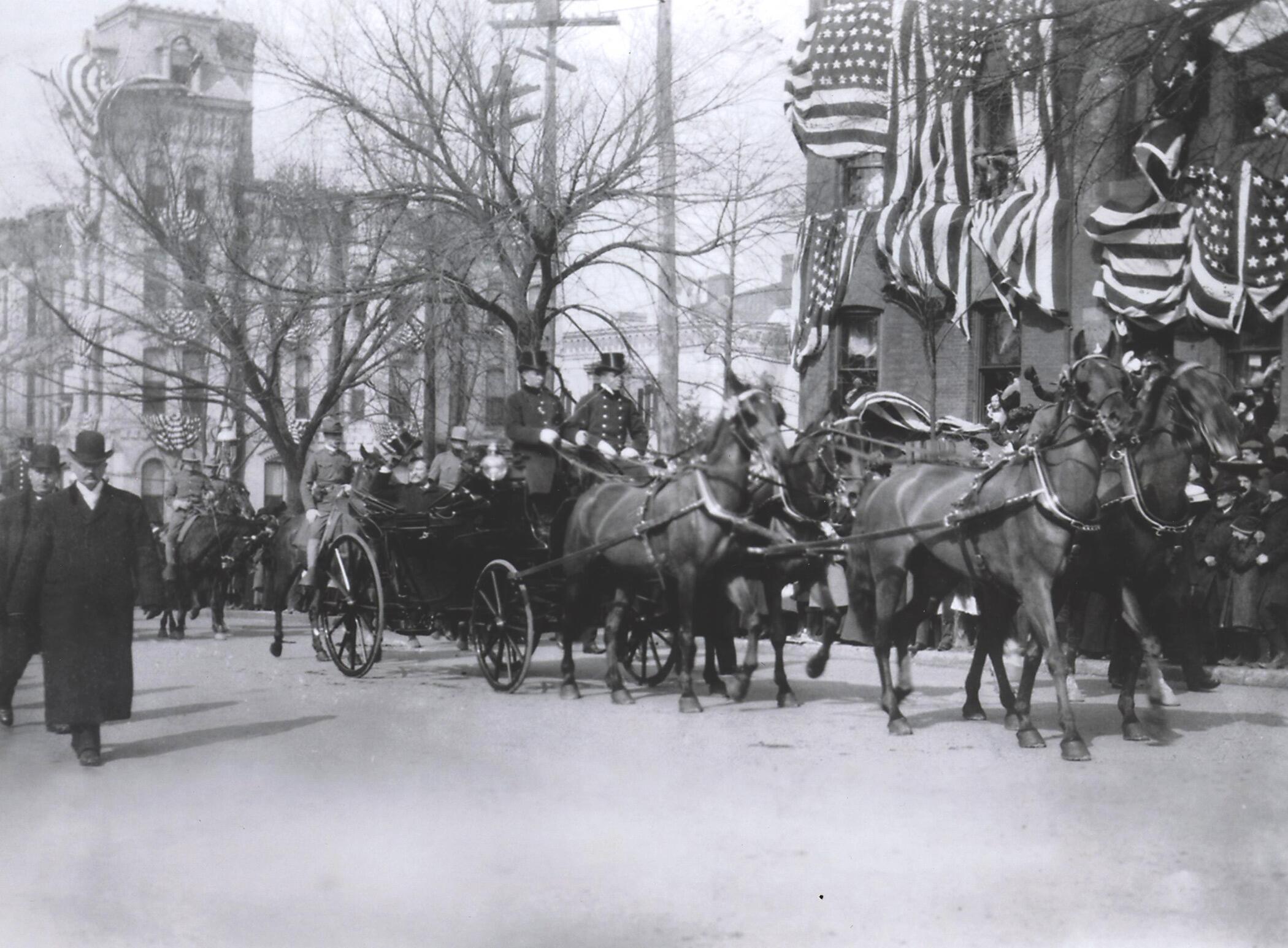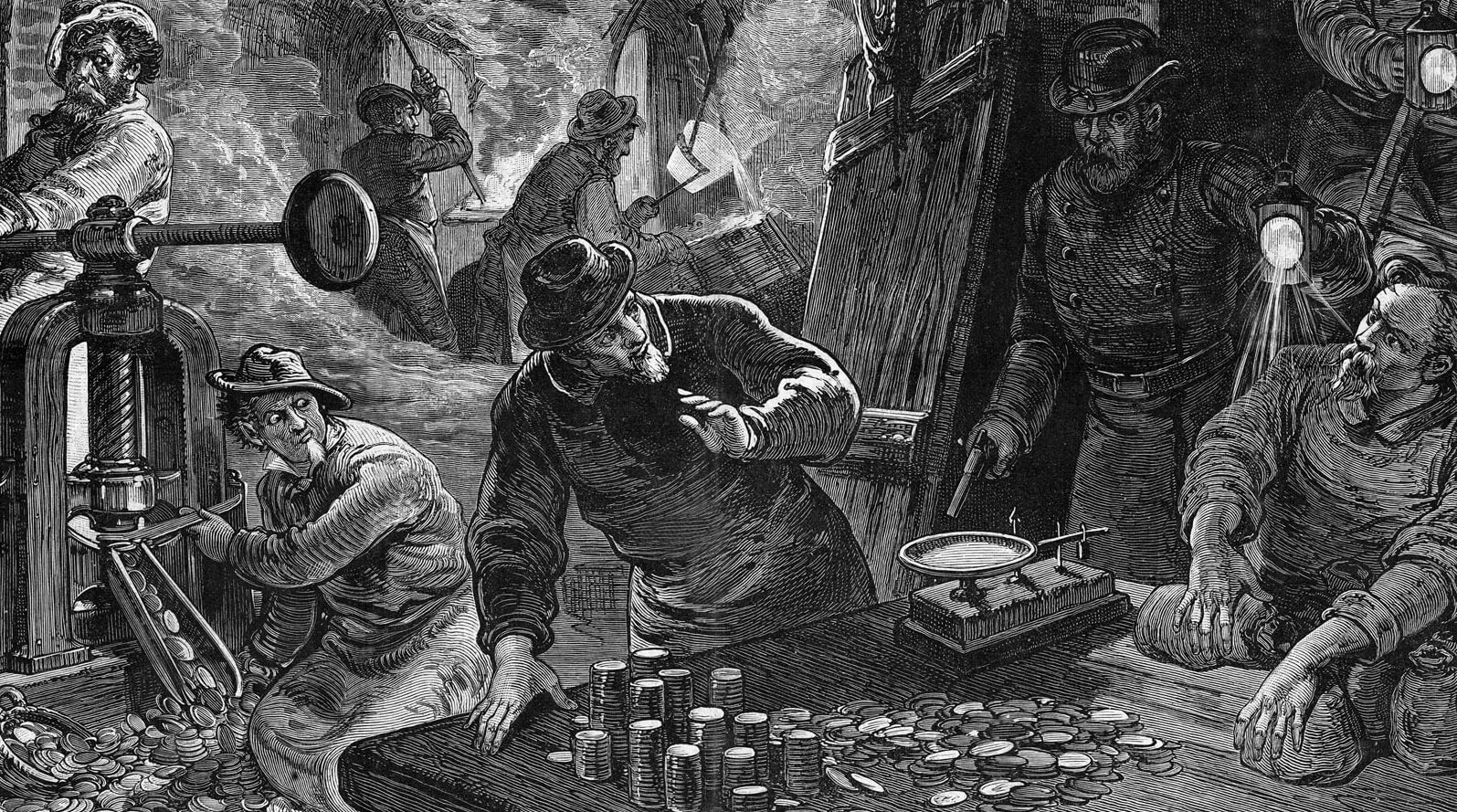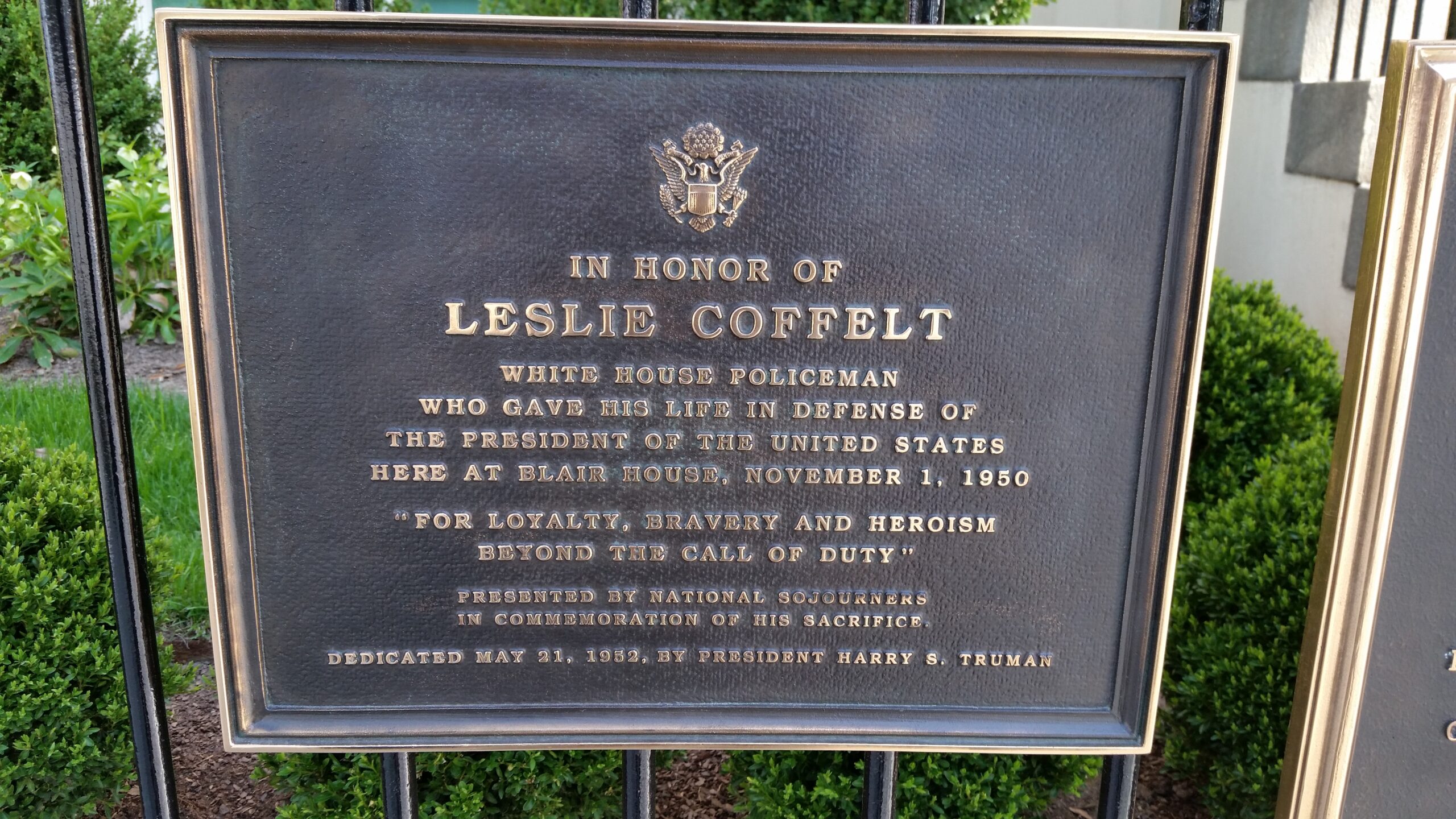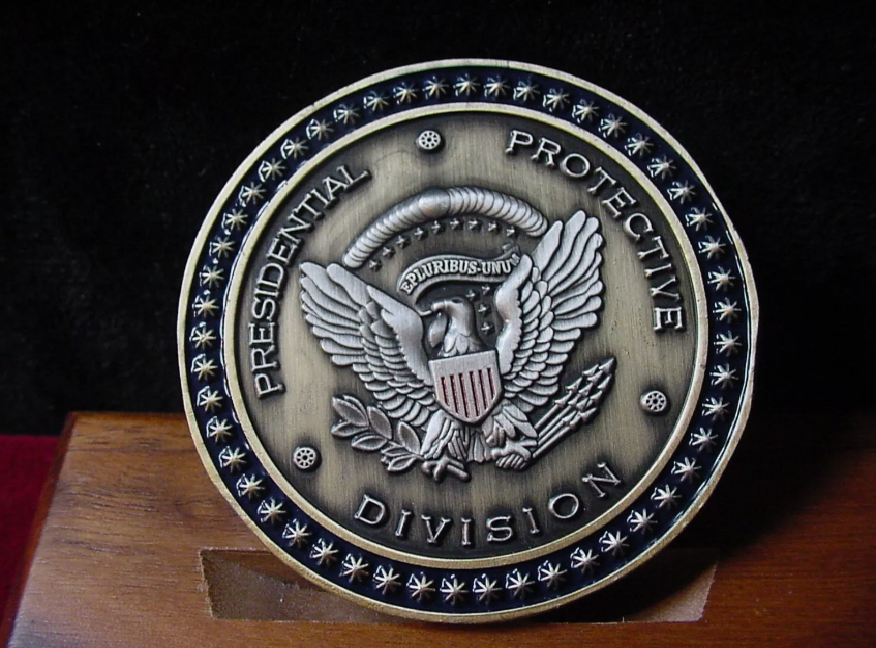At Embleholics, we deeply admire the tradition of valor, devotion, and selflessness that epitomizes the history of the US Secret Service. Perhaps more than any other agency in America, besides the military, this rich history of patriotism, honor, and trust truly embodies the mission to protect the President , Vice President, and important heads of state inside and outside the United States of America.
For over 150 years, the Secret Service has not only protected presidents but has also stood as a symbol of sacrifice and honor. Let’s take a look into its rich history.

Secret Service operatives escort President Theodore Roosevelt. (Library of Congress)
Mission of the US Secret Service
From protecting presidents to investigating cyber threats like fraud, cybercrimes, and the safeguarding of national financial infrastructure, the Secret Service remains at the forefront of high-threat personnel protection, and high-tech digital security. As threats evolve, so does the agency—continuing to enhance its technology, training, and intelligence capabilities to ensure unparalleled protection for the nation’s leaders, including the President, Vice President, and foreign dignitaries.
The Secret Service also plays a crucial role in securing major national events, such as presidential inaugurations and the State of the Union address, ensuring that these events proceed without incident.
The U.S> Secret Service adapts swiftly to emerging challenges, ensuring that the nation’s leadership is always protected, no matter the evolving nature of the threat.
Early History of the US Secret Service: End of the Civil War
At the end of the Civil War, America faced a severe crisis—counterfeit currency was everywhere, compromising the financial integrity of the young nation. In response, President Abraham Lincoln established the U.S. Secret Service on July 5, 1865, as part of the Treasury Department, with the sole purpose of fighting counterfeiting.
Ironically, that same evening, Lincoln was assassinated at Ford’s Theatre. Though the agency had yet to take on its protective duties, this tragic event foreshadowed a future role that would become central to the Secret Service’s identity.
Initially focused on curbing counterfeit money, the Secret Service expanded its mission after the assassination of President William McKinley in 1901, becoming responsible for presidential protection—a duty it carries out to this day.

Artist rendition of a historical Secret Service counterfeit coin raid in 1875
A Service Built on Honor, Loyalty, and Duty
From President McKinley’s assassination in 1901 to modern threats in the digital age, the Secret Service has continuously evolved. Its agents have stood in the line of fire countless times, making split-second decisions to protect leaders and dignitaries.
In 1901, President McKinley was shot by Leon Czolgosz during a public event at the Pan-American Exposition. Although Secret Service agents were assigned to protect the president, they were not yet tasked with direct protection during public events. After McKinley’s death, the Secret Service expanded its role to include presidential protection, a responsibility it still holds to this day.
One moment of heroic sacrifice came in 1950, when Agent Leslie Coffelt gave his life defending President Harry Truman during an assassination attempt at Blair House. Two armed men attempted to storm the residence where Truman was staying. Coffelt, despite being shot, managed to fatally wound one of the attackers. He remains the only Secret Service agent to die in the line of duty while protecting a president.
The loyalty of the Secret Service extends far beyond protecting individuals; it is about safeguarding the nation’s leadership. Their mission is clear: to uphold the security of the President, Vice President, and other national leaders, no matter the cost.

Officer Leslie Coffelt Commemorative Plaque
20 Fascinating Facts About the History of the U.S. Secret Service
The Secret Service is more than just dark suits, sunglasses, and earpieces. Here’s a closer look at what makes the agency extraordinary:
- The Secret Service was created on July 5, 1865—the same day Abraham Lincoln was assassinated.
- The first presidential protection detail was assigned in 1901, after the assassination of President McKinley.
- Leslie Coffelt, the only Secret Service agent to die in the line of duty protecting a president, was shot in 1950.
- Every U.S. President and First Family have code names:
- Donald Trump is “Mogul”
- Melania Trump is “Muse”
- Joe Biden was “Celtic”
- Jill Biden was “Capri”
- Barack Obama was “Renegade”
- George W. Bush was “Trailblazer”
- Bill Clinton was “Eagle”
- John F. Kennedy was “Lancer”
- Originally, the Secret Service was solely focused on combatting counterfeiting, which was so rampant post-Civil War that one-third of all U.S. currency was fake.
- The FBI owes its existence to the Secret Service—in 1908, Secret Service agents were assigned to investigate national crimes, leading to the creation of the Bureau of Investigation, now the FBI.
- The Secret Service protects former presidents, their families, and foreign dignitaries.
- The Secret Service Uniformed Division, established in 1922, protects the White House, the Naval Observatory, and foreign embassies in Washington, D.C.
- Agents train rigorously in combat, first aid, and emergency response—and must be prepared for high-risk scenarios at all times.
- Agents travel internationally to secure locations for the President before official visits.
- The Secret Service presidential limousine, known as “The Beast”, is an armored fortress on wheels.
- Agents use specially encrypted communication devices to avoid cyber threats.
- Secret Service motorcycles play a key role in maneuvering through high-traffic zones during motorcades.
- Major national events, such as the State of the Union address, are fully secured by the Secret Service.
- The Secret Service also investigates bank fraud, cybercrimes, and credit card fraud.
- The agency runs covert ops to prevent financial and cyber crimes before they happen.
- The “Black Cat” unit specializes in discreet presidential protection.
- The Secret Service also plans emergency evacuations for the President and First Family.
- Agents are trained in coded language to communicate securely in high-risk situations.
- The Secret Service doesn’t just react to threats—they anticipate them. The agency constantly adapts to emerging security threats, making proactive adjustments to keep the President and the country safe.
The Role of Embleholics & Secret Service Challenge Coins
At Embleholics, we craft custom challenge coins for the secret service that celebrate loyalty, protection, and sacrifice.

Presidential Protection Division PPD of the United States Secret Service
From commemorating service milestones to honoring acts of valor, our coins serve as lasting tributes to those who protect and serve. We’re proud to create Secret Service challenge coins for our men and women in uniform.
Contact us today to design your own custom challenge coin—a token of honor, leadership, and excellence.

